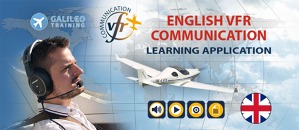Russia 2019
Flying to Russia had been one of my flight dreams for quite some time. However, I did not know anyone who would have had the experience in VFR flying over Russia. Then sometime in February 2019 I received an e-mail from Gennady who liked our website and wanted to establish contact. Gradually I realised that Gennady is a Guiness record holder who organised a simultaneous flight of 25 helicopters in June 2015. I realised my luck in finding the right man to facilitate my expedition to Russia.
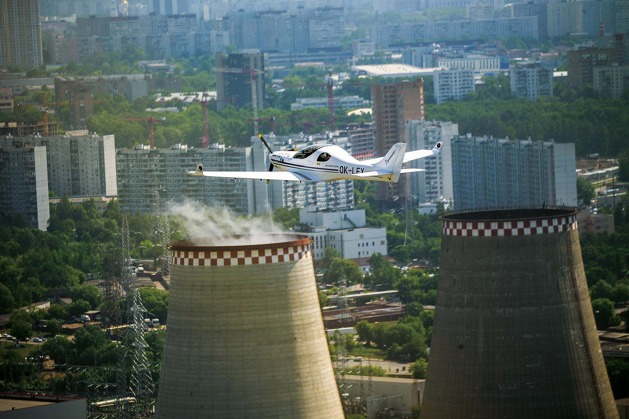
Moscow is beautiful
My original plan was to fly alongside the Transsiberian railroad to Vladivostok. Then I decided to begin my flying in Russia with a more modest plan and test how things will work out. I therefore decided to remain in the European part of Russia, i.e. west of the Urals. After some discussions we agreed with Gennady on the route: Pribram – Riga – Pskov – Seredka – Orlovka – Moscow/Mjachkovo airport (with flight around Moscow) – Cheboksary – Yekaterinburg/Koltsovo airport – Ufa/Pervuchino – Kazan/Karaishchevo airprot – Samara/Krasny Jar airport – Saratov/Shumeika – Volgograd/Gumrak airport – Volgodonsk/Potapov airport – Pyatigorsk/Yuca airport – Krasnodar – Constanta – Tuzla – Bucharest/Baneasa – Pribram. Do not hesitate and explore website from expedition to Russia.
I did my best to avoid bigger commercial airports which are by definition complex and expensive. However, for entry and exit to/from Russia, these could not be avoided and the same was valid for landing at Yekaterinburg where there does not seem to be any suitable small airfield. Gennady secured all the permits including the one needed for flying around Moscow city. He also arranged for my accommodation and fuel on the trip. Two days before my planned departure everything was ready and I packed my Dynamic WT9 LSA with everything I usually need for my flight expeditions.

Elbrus Mountain
I was very pleasantly surprised that there is no restriction in Russia on filming and photographing during a flight. That allowed me to document the whole journey not just with my photo camera but also with my spheric video camera which I mount under the wing of my aircraft. I inserted the whole route into my AirNavPro navigation application which proved to be the only one that offers a list and all the coordinates of all the navigation aids and even the smallest airports in Russia. I entered the ones on my route also into the aircraft computer to make sure that I have a back-up and would not get lost over Russia.
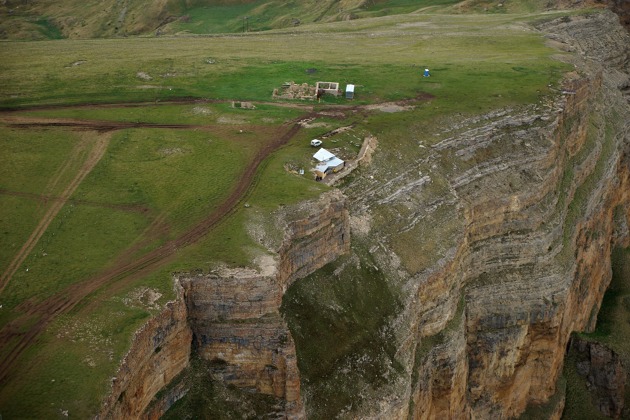
Kavkaz - living on the edge
As I planned to fly over the Black sea on my return journey, I had to take a life boat and inflatable life jacket. In addition, several cameras, hard disks, 256 Gb microcards and a lot of wires, chargers and other stuff. My flight expedition to Russia was the first which I intended to cover with the help of my brand new spherical cameras.
The trip started on Sunday, 26 May 2019 at 1 p.m. with the first leg to Polish town of Szytno. With the help of Szytno immigration officers I left the Schengen area in the morning on Monday and flew directly to Pskov. My somewhat rusty knowledge of Russian language came handy as the airport staff of this big and severely underutilised international airport are not used to speaking English.
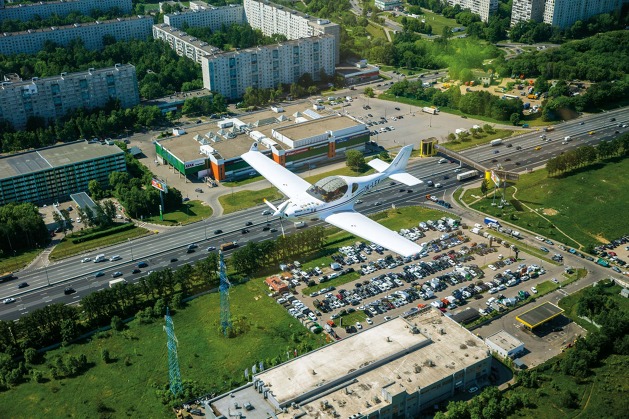
Our expedition airplane above Moscow
My VFR flight was to a great extent treated like an IFR as I was assigned an exactly stipulated route and a specific altitude (FL70). Also, my permit for the flight required that I keep to the routing which was approved and that I carry out all the flight at the approved times or at maximum within 48 hours after the time assigned. A flight plan had to be filed for each leg but Evgeny was helping with that as the procedures were somewhat different from those that I know.
The weather between Pskov and Orlowka was quite bad. For some three hours I flew in rain and marginal visibility. The controllers on the main route spoke excellent English and were helpful. The situation got a bit more complicated when I turned to the North to the airport of Orlovka which is located off the main route and the information service is only in Russian. Also, the barometric pressure was provided as QFE and not as QNH which took me a bit of time to realise after I was surprised with a pressure as low as 985 Hp. Nevertheless, the lady on the radio was very friendly, I slowly realised the QNH/QFE difference and in the end landed at Orlovka without any problem. The airport is private and it has a good concrete runway and an excellent hotel with a good restaurant.
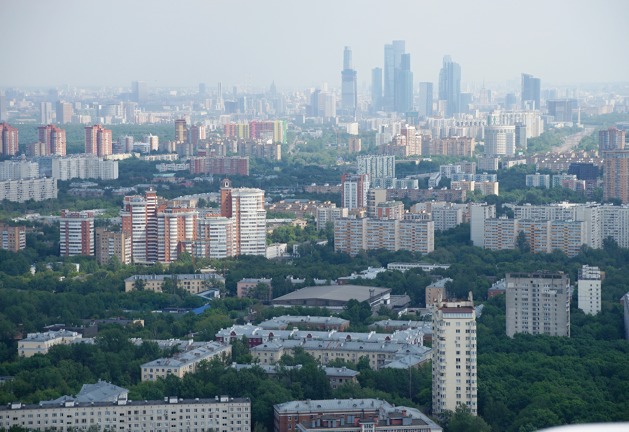
Amazing view to the Moscow skyscrapers
I had planned a flight around Moscow for the following day. For this I needed a permission which was secured by Gennady who also joined me in a helicopter for part of the circular flight in order to make some photos and help me maintain the correct track, altitude etc. This was not as simple as it may sound because the Sheremetyevo and Domodevo controllers was using QFE and kept asking me to fly lower while I was already below the tops of some of the chimneys in Moscow suburbs. I was then happy when I reached the point from which I deviated to my destination airfield at Myachkovo which is located some 50 km NE of Moscow centre. My camera fortunately recorded the whole flight so you can see this part of the trip with your own eyes.
From Myachkovo I continued the next day to Cheboksary. Most of the 4 hour flight was over endless forests and then the river Volga. I was assigned FL 070 and all the en route communication was carried out in English without any problems. The day after, I continued to the easternmost point of my expedition – Yekaterinburg. Again, most of the flight led me over forests, this time at FL 080.
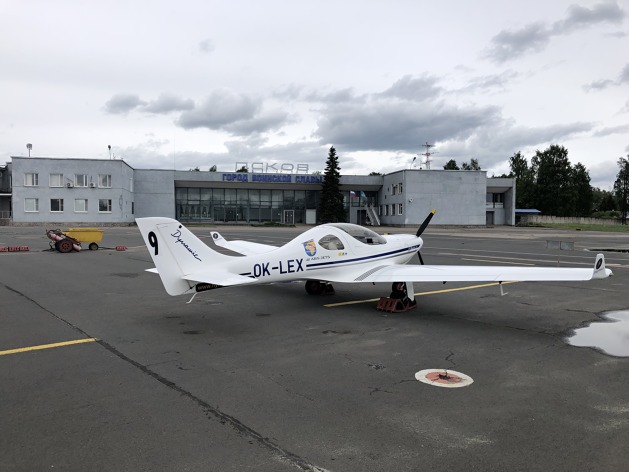
Our expedition aircraft on Pskov Airport
Obviously, I needed to refuel at Koltsovo airport at Yekaterinburg. Unfortunately, the airport does not sell Avgas and the truck that was ordered from somewhere to supply this especially for me, only turned up 4 hours later. So, I missed the opportunity to walk around Yekaterinburg and I just spent the night at the airport hotel. Next morning I flew on to Ufa´s private sport airfield Pervushchino. Here I had the opportunity of flying around the city of Ufa and its vicinity. In the evening I witnessed the arrival of a Polish Antonov 2 on its memorial flight from Warsaw to Tokyo.
Onward flight from Ufa to Kazan led me through some stormy weather so I was glad when I landed at the Kazan sport airfield of Karaischewo, south of Kazan. Here the fuel was ready for me and I enjoyed a beautiful sight-seeing flight around Kazan. Later in the afternoon I continued to Krasny Yar airfield. This airfield is home to Aero Volga company which turns out great amphibian aircraft. I was offered a guided tour of the factory with the guiding provided by the company´s chief aircraft designer Dimitrij. The weather next day was beautiful and I continued my flight alongside the river Volga to a little airfield of Shumeyka and from there to Gumrak airport at Volgograd. This is the airport from which the last German aircraft departed when the battle of Stalingrad (today´s Volgograd) was lost for Germany in January 1943.
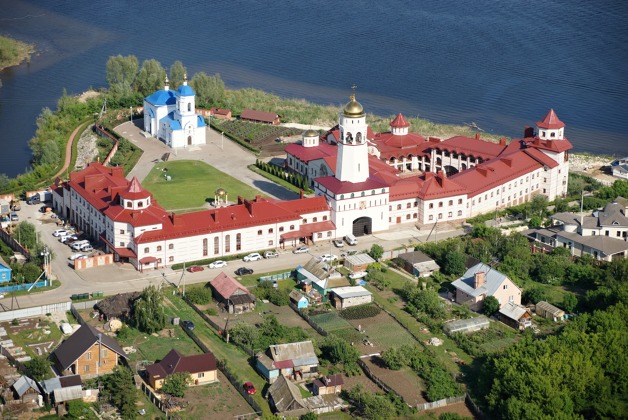
Samara city
The Gumrak tower controller allowed me to fly over the centre of the city alongside the river Volga. This gave met me opportunity to film the city and prepare a short video explaining the basics of the battle. You will be able to see the video with English commentary soon on our web.
In the morning, I had a bit of a problem getting through the security to my aircraft but after some 30 minutes of hectic phone calls I was allowed through. The flight further South took mi to a private landing strip of Yutsa close to Pyatigorsk near the Caucasus. Here I enjoyed the opportunity to fly towards the massif of the Caucasus tallest peak of Elbrus (5642 msl) early in the morning. After landing I just offloaded my flight guide, the owner of the Yutsa landing strip and I flew on to Krasnodar, the last airport in Russia on this trip. When I landed there a car with five tanks full of Avgas already waited for me at my parking position. So, I just cleared the customs, made a couple of photos and refuelled. After that I embarked on my flight over the Black sea to Constanta in Romania. This flight took me almost 4 hours but went without any problem. In the following two days I completed the whole trip by flying via Tuzla, Bucharest, Arad and Szeged to my home airport of Příbram.
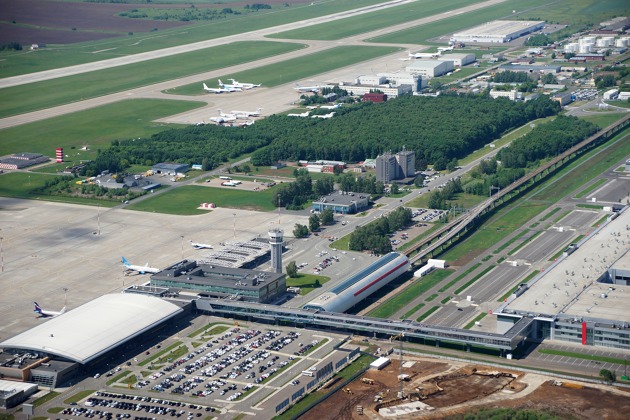
Kazan airport
The whole expedition took me some 10 days during which I logged about 53 flight hours and landed at 21 airports and landing strips. I have now a much better feeling for the size of Russia. For someone born in the small dimensions of Central Europe that was in itself an impressive experience. Also, I now have a much better feel for flying in Russia. The one thing which may still be somewhat difficult is mostly the land arrangements – fuel, accommodation, food. Once you get a grasp of the system, flying is not so much different from other countries in Europe. However, it is important to have someone who can help you with the organisation of your trip. In case you don´t have anyone, you can try this address: Flying In Russia | MAK Aviation Services | Russia (makgas.com) . This is the company which Gennady established to provide professional support to pilots flying to Russia.
Do not hesitate and explore website from expedition to Russia.
Author: Jiri Prusa

Flying Revue Expeditions history

Flying Revue Expeditions history
The SAFE Guide app
VFR Communication
TO THE LIMIT - new book!
ATTEMPT TO FLY 3000 km WITHOUT LANDING
SkyDemon:
Prague Airport live:

